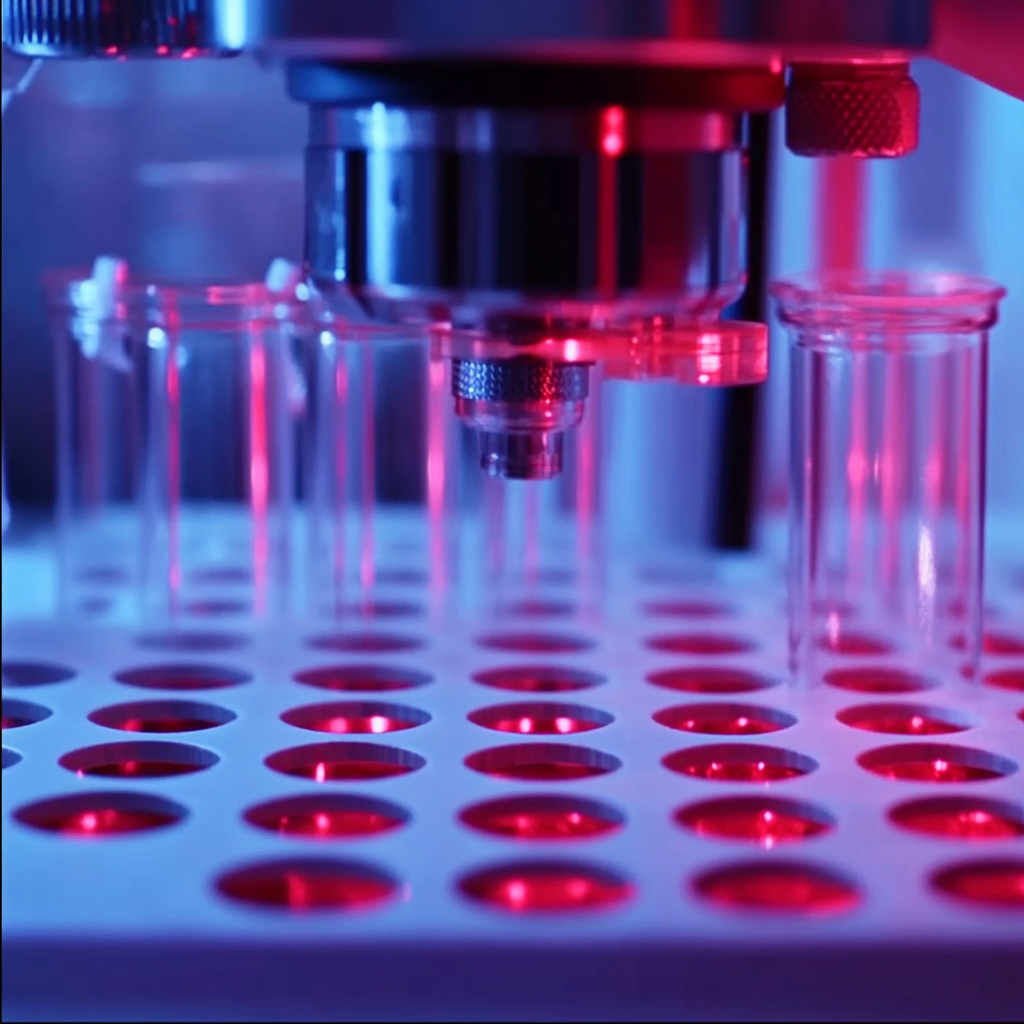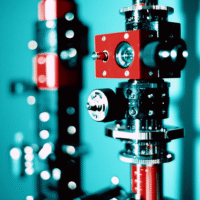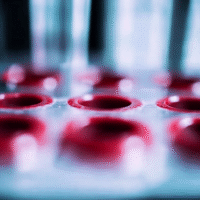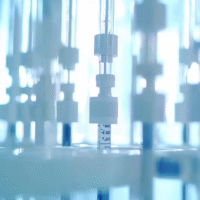Understanding the Study Results
This study looked at a new treatment called Enhanced External Counter Pulsation (EECP) during hemodialysis (HD). Hemodialysis is a process that helps people with kidney problems filter their blood. Often, patients experience a drop in heart function during this treatment, which can lead to serious health issues.
What Worked?
- Patients who received EECP therapy during their hemodialysis sessions maintained their heart output better than those who did not.
- There was a significant difference, with the EECP group showing no decline in heart output, while the control group had a drop of 2.4 L/min.
- EECP may help prevent heart problems related to hemodialysis over time.
What Didn’t Work?
- Other heart measurements, like blood pressure and heart rate, did not show significant differences between the two groups.
- More research is needed to confirm the long-term benefits of EECP on heart health.
How Does This Help Patients and Clinics?
- Patients may experience better heart function during hemodialysis, reducing the risk of heart-related issues.
- Clinics can consider using EECP as a supportive treatment during hemodialysis to improve patient outcomes.
Real-World Opportunities
- Hospitals can start offering EECP therapy alongside hemodialysis treatments.
- Doctors can monitor patients more closely for heart health during dialysis sessions.
Measurable Outcomes
- Track heart output levels during hemodialysis.
- Monitor any changes in heart health markers, like troponin levels, over time.
AI Tools
- Consider using AI tools for patient monitoring to analyze heart function data during hemodialysis.
- AI can help predict which patients might benefit most from EECP therapy.
Step-by-Step Plan for Clinics
- Start by training staff on how to use EECP devices safely.
- Begin with a small group of patients to test the EECP therapy during their hemodialysis sessions.
- Collect data on heart output and other health markers to evaluate effectiveness.
- Gradually expand the program based on initial results and patient feedback.
For more detailed information about the study, you can read the full research article here.




























